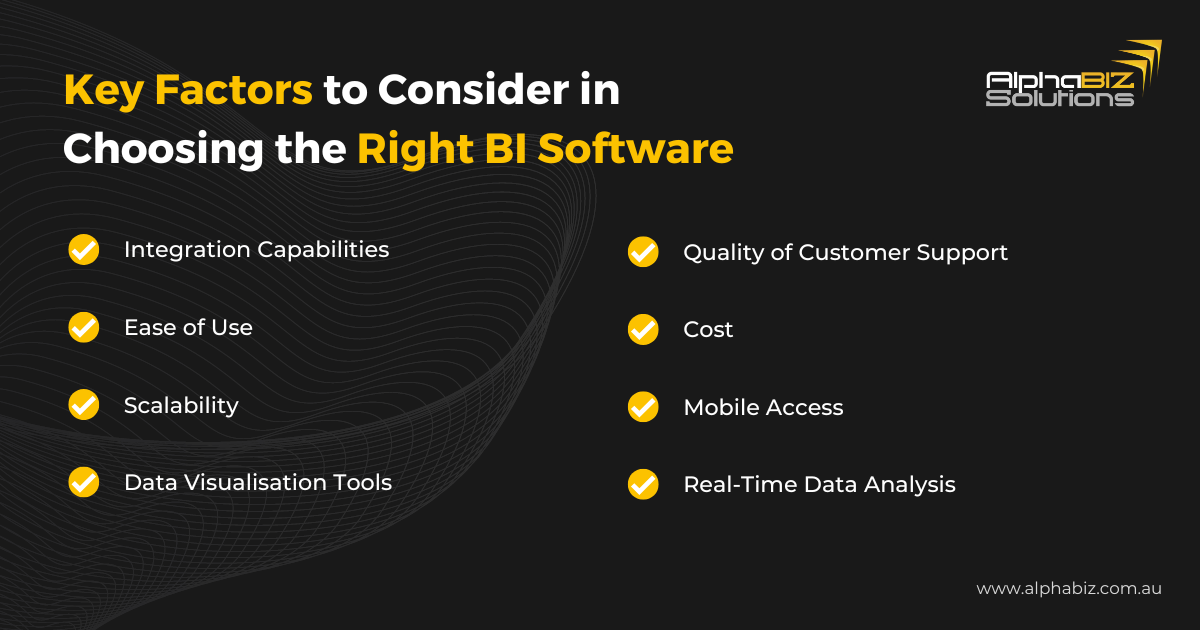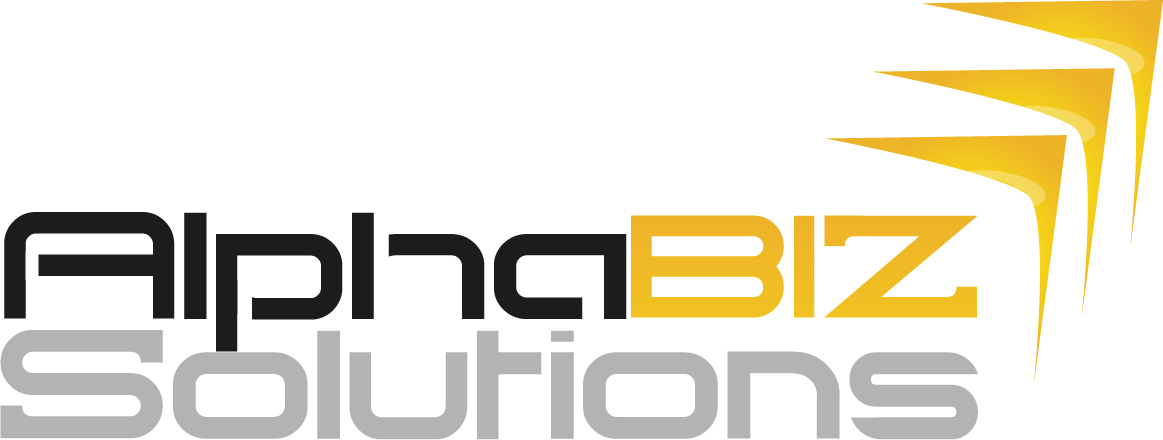Selecting the perfect business intelligence platform amidst a sea of options can be as challenging as transforming raw ERP data into actionable insights. Understanding your data is an uphill task, and when paired with the critical decision of choosing the right platform, it may feel like navigating a complex maze.
These platforms play a pivotal role in not only deciphering your data but also in fueling informed decision-making processes, propelling your business towards success. The key lies in identifying the platform that seamlessly aligns with your unique business needs, a task we’re here to simplify for you.
Contents
I. What is a Business Intelligence (BI) Platform?
II. Necessary Functions of a Business Intelligence (BI) Platform
III. Signs Indicating Why Your Business Needs Business Intelligence
IV. Key Factors to Consider in Choosing the Right BI Software for Your Company
V. Comparing Business Intelligence (BI) Platform
– Phocas
– Modano
– Power BI
– Velixo
What is a Business Intelligence (BI) Platform?
A Business Intelligence (BI) platform is a tool that helps businesses understand their data better. It works by taking lots of complex data and turning it into useful information. This tool can gather data from different places, understand what the data is saying, and then show this in a way that’s easy for people to understand. This makes it simpler for businesses to make decisions based on their data.
Necessary Functions of a Business Intelligence (BI) Platform
Acquire Data
A powerful BI platform should have robust data acquisition capabilities. Look for a platform that can:
- Integrate with a wide array of data sources, including your ERP systems, widely used on-premise databases like SQL, MS Access , and cloud-based applications.
- Intelligent data fetching and unification capabilities that ensure the formation of a comprehensive, unified dataset from diverse sources.
- Eliminate data silos and enhance data accuracy, providing a holistic view of your business operations.
This function sets the foundation for your data analysis, making it vital to choose a platform that excels in data acquisition.
Comprehend Data
Once your data is acquired, the platform’s ability to comprehend it comes into play. Effective platforms should:
- Utilise sophisticated algorithms and statistical models to process and analyse raw data, identifying patterns, correlations, and emerging trends.
- Provide tools for predictive analytics, allowing you to forecast future trends based on historical data.
- Enable you to identify strengths and potential areas for improvement in your business.
The ability to comprehend data allows for more strategic planning and improved operational efficiency.
Present Data
Lastly, the platform’s ability to present data in an accessible, understandable manner is crucial. A competent BI platform should:
- Offer visually appealing, interactive dashboards or charts that make data digestible and accessible to decision-makers.
- Highlight important metrics and trends that might otherwise be missed in raw datasets.
- Allow for real-time data visualisation, enabling swift, data-driven decision-making.
Signs Indicating Why Your Business Needs Business Intelligence

The need for a Business Intelligence (BI) platform can manifest in various ways within your business operations. Therefore, recognizing these signs can help you make an informed decision about investing in a BI platform. Here are some key indicators:
- Inefficient Data Understanding – If your team struggles to comprehend the data generated by your business, a BI platform can transform this raw data into understandable, actionable insights
- Time-Consuming Data Analysis – If your team spends more time on manual data analysis than on other vital tasks, a BI platform can automate and streamline this process, saving valuable time and resources.
- Poor Decision-Making Processes – If your business decisions often feel like educated guesses rather than data-driven choices, a BI platform can provide the data clarity needed for informed decision-making.
- Lack of Interdepartmental Communication – If different departments within your business struggle to share or understand each other’s data, a BI platform can unify this data, facilitating improved interdepartmental communication.
- Difficulty Identifying Operational Inefficiencies – If your business struggles to pinpoint areas of inefficiency or improvement, a BI platform can highlight these areas through detailed data analysis.
- Challenges in Scaling Business Operations – If you’re finding it difficult to scale your business operations due to a lack of data insights, a BI platform can provide the scalable data solutions you need.
Key Factors to Consider in Choosing the Right BI Software

Choosing the right BI platform for your company involves more than just selecting a popular brand. Here are some critical factors you should consider:
- Integration Capabilities – The platform should seamlessly connect with your existing systems (ERP, CRM, etc.), fetching data without causing any disruption
- Ease of Use – A user-friendly platform allows your team to harness its capabilities without requiring advanced technical skills. Look for intuitive interfaces and straightforward functionalities
- Scalability – As your business grows, so will your data. Ensure that the platform can scale along with your growing data needs
- Data Visualisation Tools – The platform should be able to convert complex data into easily understandable visuals, aiding quick comprehension and decision-making
- Quality of Customer Support – Reliable support from the platform provider is crucial for resolving any technical issues and helping you utilise the platform to its fullest potential
- Cost: Consider both the upfront cost and the long-term value of the platform. It should offer a good return on investment
- Mobile Access – A platform with mobile access allows for data analysis on the go, ensuring you have access to insights anytime, anywhere.
- Real-Time Data Analysis – The ability to analyse data in real-time gives you the power to make swift decisions based on the most recent data.
Comparing Business Intelligence (BI) Platform
Phocas
Phocas Analytics makes it easy to drill down through all levels of MYOB data from high-level visual summaries into the underlying data and arrive at insights to make better decisions.
Pros:
- Offers rapid data acquisition from multiple sources, supporting real-time insights for detailed financial analysis.
- Features an intelligent data discovery function, enabling users to explore new data trends and possibilities.
- Provides interactive dashboards for visually appealing data presentation, enhancing data interpretation without IT involvement.
- Supports a wide range of data sources, offering compatibility with various ERPs and other data platforms.
- Excels at in-depth data analysis and real-time reporting, facilitating detailed insights and easy drill-down into data.
Cons:
- Recent development appears focused on new subscription-based products, with fewer features added to the primary product.
- The back-end configuration, especially in designer mode, requires significant attention and can have a steep learning curve.
- The data export functionality needs improvement for better organisation and ease of use in spreadsheets or CSV files.
- Some users find the platform less user-friendly, indicating a steeper learning curve.
- The print feature for dashboards needs enhancement for a better user experience.
Modano
Modano gives you a single financial model which connects to MYOB Advanced and automatically rolls forward each month, providing real time insights via beautiful custom dashboards.
Pros:
- Modano excels in financial modelling and reporting, providing businesses with detailed insights into their financial data.
- The platform is particularly robust in handling complex financial scenarios, assisting businesses in accurate forecasting and budgeting.
- Modano’s focus on financial data makes it an exceptional tool for financial performance tracking and trend spotting.
- Its precision and accuracy in financial data handling eliminate errors and enhance financial decision-making.
- With Modano, businesses can effectively automate their financial reporting processes, saving valuable time and resources.
Cons:
Modano’s primary focus on financial data might limit its functionality for businesses seeking a comprehensive, all-round data analysis platform.
- The user interface may seem less intuitive and might require some getting used to.
- The platform could benefit from more advanced data visualisation tools for a more interactive user experience.
- Users might find the initial setup and data integration process a bit complex.
- Some users have reported that customer support could be more responsive.
Power BI
Power BI is a comprehensive business intelligence platform developed by Microsoft that empowers you to transform raw data into actionable insights. Specifically designed to integrate seamlessly with MYOB Advanced, Power BI allows you to analyse your business data in real-time, creating vivid visualisations and detailed reports.
Pros:
- Affordability: Power BI is an inexpensive choice, with the desktop version being free and the cloud service starting at a reasonable price. This affordability makes it a go-to option for businesses of various sizes.
- Custom Visualisations: Power BI provides a diverse range of custom visualisations. This means you can tailor your data representation to fit your unique needs and preferences.
- Excel Integration: You can upload and view your data in Excel. This flexibility allows users to view and work with the raw data behind Power BI visualisations, providing a familiar interface for data interaction.
- Data Connectivity: Power BI enables importing data from a vast range of data sources, enhancing its versatility and usability across different data infrastructures.
- Prompt Updates: Power BI gets frequent updates, improving its functionalities and keeping it current with evolving data needs.
- Power BI Embedded: Developers can embed Power BI reports and features into other apps, extending the reach and integration of its visualisations and reports.
- Personal Gateway: This tool authenticates on-premise data sources outside the firewall, enabling cloud-hosted Power BI instances to use data from those sources.
- Data Accessibility: Power BI stores imported data in a centralised location. This means you can access your data anytime, from anywhere, from any platform.
- Interactive Visualisations: Power BI offers intuitive and interactive visualisations, providing an engaging and insightful user experience.
Cons:
- Table Relationships: Power BI can struggle with complex relationships between tables in a data model. However, careful data model creation can mitigate this issue.
- Configuration of Visuals: Customising visualisations in Power BI can be limited. While this might restrict some customisation desires, the pre-set configurations are designed for broad applicability and ease of use.
- Crowded User Interface: Some users find Power BI’s user interface crowded. Although this could affect user experience, the interface design aims to provide all necessary tools within easy reach.
- Rigid Formulas: Working with Data Analysis Expressions (DAX) formula in Power BI can be challenging, but mastering it can unlock a higher level of data manipulation and analysis.
- Handling Large Data Volumes: Power BI has a data ingestion limit, which can be expanded with a paid version. While this might pose challenges for larger data sets, it’s part of the trade-off for Power BI’s affordability
- Complex to Understand and Master: Power BI can be easy to use for basic operations, but mastering its full suite of tools can take time. However, this complexity also speaks to Power BI’s versatility and depth of capabilities.
Whether you are looking at financial data, sales metrics, or operational stats, Power BI brings your MYOB Advanced data to life, making it easier for you to make informed, data-driven decisions. To explore further how Power BI can address your specific business challenges, check the informative 9 Key Business Challenges Solved with Power BI blog that we have written.
Velixo
Velixo is a business intelligence platform that seamlessly integrates with your MYOB Advanced system, transforming raw data into actionable insights. Moreover, with Velixo, you can leverage the full power of your MYOB data directly within Excel, a platform you likely already use daily. Ultimately, it’s about making your data work for you, on your terms, in an environment you know and trust.
Pros:
- Seamless Integration with MYOB Advanced: Velixo is designed to integrate seamlessly with MYOB Advanced. This allows you to directly connect to your MYOB data, providing up-to-date and accurate reports whenever needed.
- User-Friendly Interface: Velixo’s straightforward and intuitive interface enables users to navigate the platform easily. As a result, it becomes simple to generate meaningful reports from your MYOB data.
- Excel-Based Reporting: Velixo’s Excel-based reporting allows those familiar with Excel to leverage their knowledge and expertise. It integrates directly with Excel, providing a smooth user experience while handling your MYOB data.
- Real-Time Access to Data: Velixo offers real-time access to your MYOB Advanced data. Consequently, you always have the most current business information at your fingertips, facilitating timely decision-making.
- Customisable Reports: With Velixo, you can customize your reports to suit your specific business needs. Furthermore, it provides the flexibility to design reports that give you the insights you need from your MYOB data.
Cons:
- Limited Advanced Features: While Velixo shines in its simplicity and ease of use, it may lack some of the advanced analytical features found in other, more complex BI platforms. However, for businesses using MYOB Advanced who prefer a straightforward and effective approach to data analysis, this could be seen more as a benefit than a disadvantage.
- Dependent on Excel Knowledge: As Velixo uses Excel for its reporting, users unfamiliar with Excel might face a bit of a learning curve. However, given the widespread use of Excel in the business world, many users will likely have a fundamental understanding to work from.
If you’re interested in seeing more about how Velixo can transform your business’s use of MYOB Advanced, we recommend checking out our detailed exploration of The Power of Excel with Velixo for your MYOB Advanced in 2023.
Let AlphaBiz Solutions Guide You Towards Optimising Your Business Intelligence Strategy
To unlock the full potential of your data, start by selecting the right business intelligence platform. Base your choice on your needs, data nature, and ERP integration level. Additionally, leverage our BI expertise for a customized platform that suits your business needs. Book a demo with our experts today, and experience firsthand how these BI platforms work, as well as the transformative power they hold to turn your data into actionable insights.








